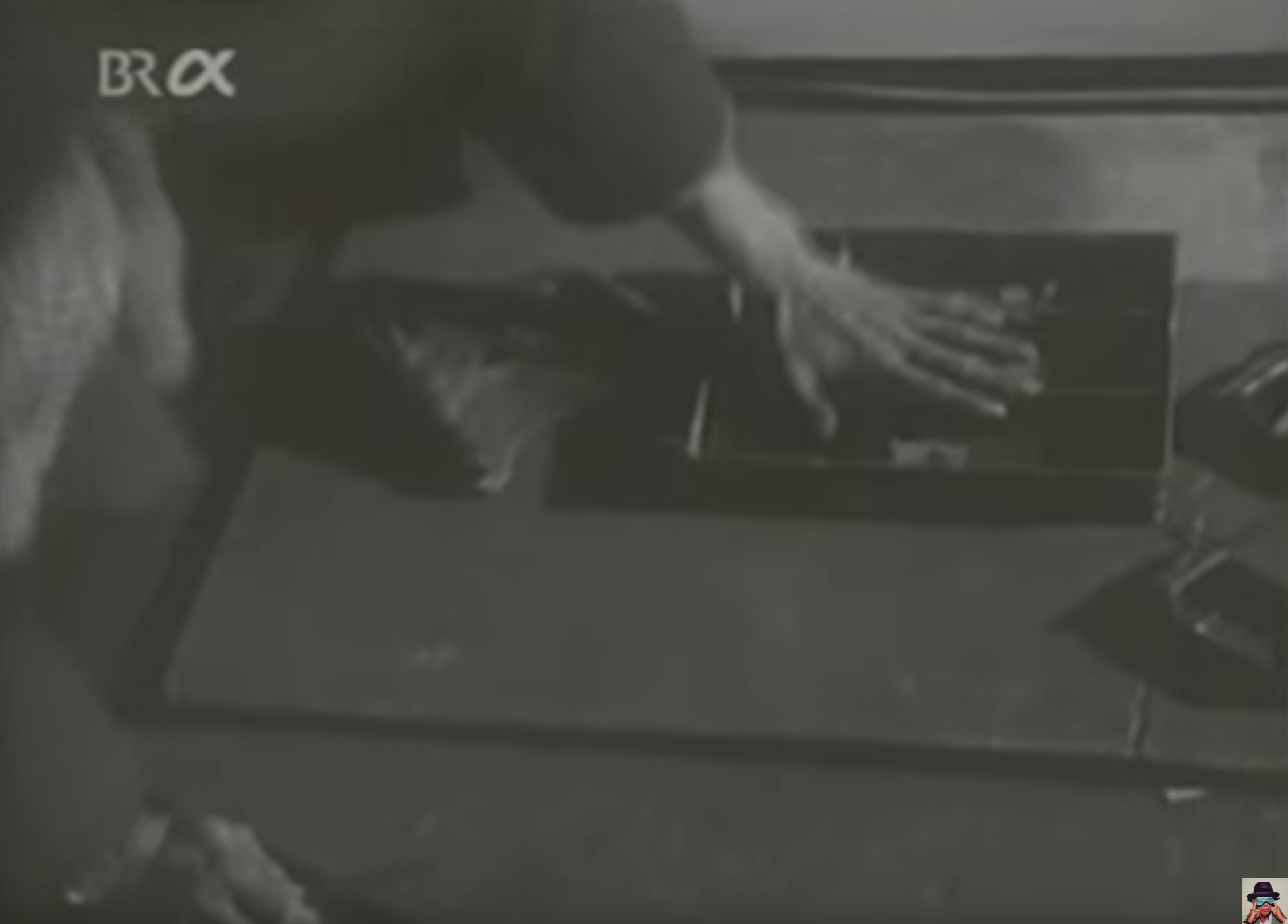Beuys und seine Klasse 2/3 - Beuys and his class 2/3
Excerpt of the transcript of the documentary on Joseph Beuys and his art class in 1971 in Düsseldorf. Film by Hans Emmerling and Edwin K. Braun. I have transcribed and translated it up to minute ten. Here is the link to the original source of the video. https://www.youtube.com/watch?v=O7QvnYkEhmk First I share the english version and then the german transcript. I do not hold any copyrights nor do I share any political views stated here. There was a demand for a translation so I did that. Thank you BeuysTV for providing the material. Enjoy!!
Student: “I believe that Beuys is a person who knows a lot about psychology and therefore has the gift of understanding other people. What you hear about Beuys in public is something completely different from what happens here in class."
Speaker: Instead of showing traditional semester art works, some students show so called "actions".
Beuys: “From an educational point of view, these actions certainly have a value for those, for example, who do not take any actions. So you see people who come here, for example, students from the first semester thining making art consists of painting pictures, there are many who have this idea of the art academy in the first semester that they have to overcome. Even freshmen will be confronted with an understanding of art that is completely different from what they think. "
Student: "Now whether you make a plastic or invent or find a mathematical formula, or one say something via philosophy, that has a lot to do with each other."
Beuys: "So thinking as a plastic process."
Student: "That's exactly what it's about."
Beuys: “That is the sentence why I am so often laughed at. Can plastic change the world? "
(Beuys is seen with a big grin)
A student explains his action with a cross.
Another student has two cans on both sides of his head and says, "Experience is the only efficacy."
Beuys: ”… could it develop from this experience? Because you've dealt with psychology and all that sort of things before. " Student: “Yes, I did eight semesters of German studies and history. At first, those were very theoretical things for me, and over time I realized that I was so attached to the letters and the words ... So I came here because I didn't know what to do at this place in Aachen."
Speaker: The conversations are rarely about formal aesthetic problems. Aesthetic categories themselves are secondary for Beuys. Discussions about purely technical issues are also rare. Beuys says his goal is not primarily to train artists. In the case of "born artists", the teacher is the least important, but rather is initiating processes of self-discovery.
Beuys:"It is important to me that those who leave this class have something from the time they worked here that they can use in any other profession."
Speaker: The academy is understood here as a school for life, this is also the meaning occasionally made by a remark that the whole world is an academy for Beuys.
The work in the class should also be relevant for society, so it has political motives. The cleaning of the classrooms, an activity in which Beuys is often found in, can also be seen as a political action, perhaps also as a meaningful representation of his work at the academy.
Beuys sweeping class room Düsseldorf academy 1971










